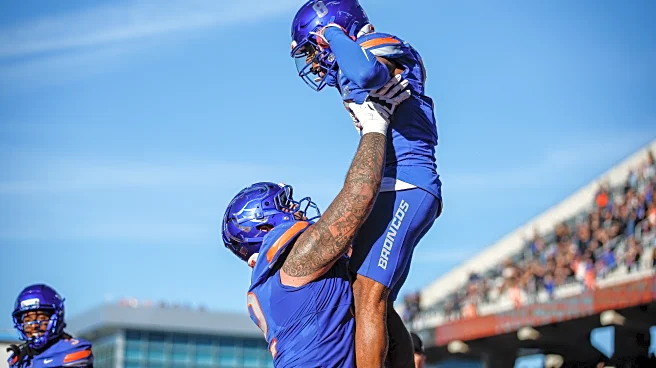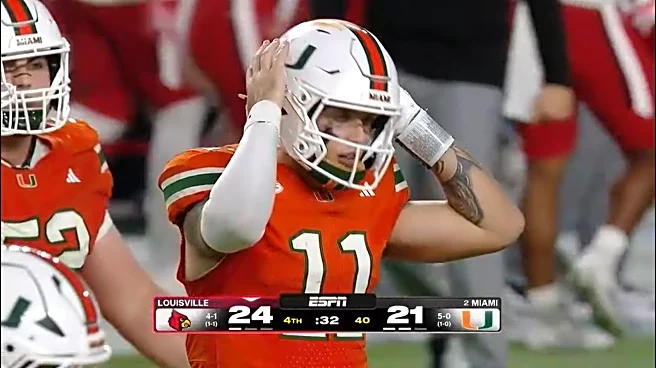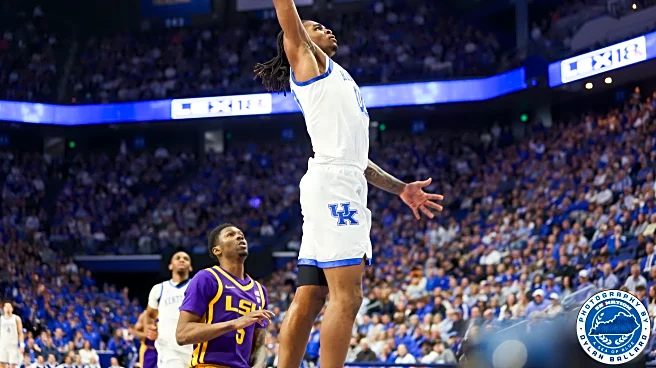What's Happening?
The Pac-12 Conference is set to undergo significant changes beginning with the 2026-27 athletic season. The conference will expand to include seven new members: Boise State, Colorado State, Fresno State, San
Diego State, Utah State, Texas State, and Gonzaga, joining the existing members Washington State and Oregon State. This expansion will form a nine-team league. According to Jon Rothstein of College Hoops Today, the conference will adopt a true double round-robin schedule, where each team will play the others both at home and away, totaling 16 games. This new format allows teams to schedule 16 non-conference games, which is half of their regular season schedule, to build strong resumes for the NCAA Tournament. The Pac-12, which had previously shrunk to two teams after several members left for other conferences, is now being rebuilt with these additions.
Why It's Important?
The expansion and scheduling changes in the Pac-12 Conference are significant for several reasons. Firstly, the inclusion of new teams like Gonzaga, which has a strong basketball pedigree, could enhance the competitiveness and visibility of the conference. This could lead to increased media attention and revenue opportunities. Additionally, the double round-robin format ensures a balanced and fair competition, which could improve the quality of play and fan engagement. For the teams involved, the ability to schedule a substantial number of non-conference games provides flexibility to strengthen their NCAA Tournament bids. This restructuring also re-establishes the Pac-12 as a recognized FBS conference, which is crucial for its standing in collegiate athletics.
What's Next?
While the expansion and new schedule format have been revealed, there is no official timetable for the Pac-12 to make a formal announcement. The conference and its member schools will likely focus on finalizing logistical details and preparing for the integration of the new teams. Stakeholders, including athletic directors and coaches, will need to strategize on how to best utilize the new scheduling opportunities to enhance their teams' competitive edge. Fans and media will be watching closely to see how these changes impact the overall landscape of college basketball and the Pac-12's position within it.
Beyond the Headlines
The addition of new teams and the scheduling overhaul could have long-term implications for the Pac-12. The conference's ability to attract and retain top talent, both in terms of athletes and coaching staff, may improve with the increased competitiveness and exposure. Moreover, the changes could influence other conferences to consider similar expansions or scheduling adjustments to remain competitive. The cultural and regional diversity brought by the new members could also enrich the conference's identity and appeal.












